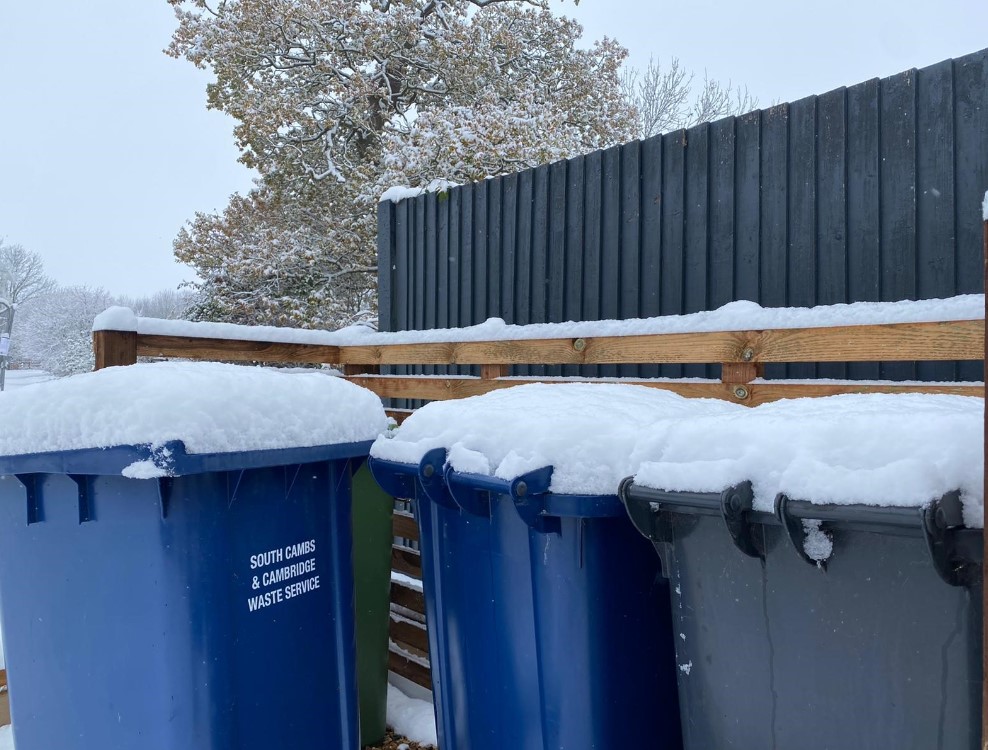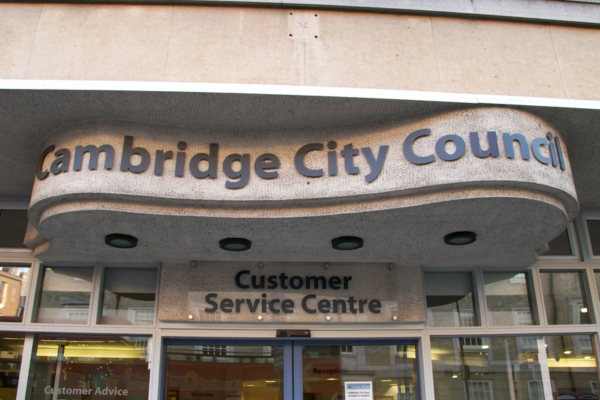You have a common law right to remove branches that have grown over your property.
You can only remove parts of a tree from the point where it crosses your property boundary. You have no legal right to cut or remove any part of a tree that does not overhang your property.
- Discuss your intention to prune the branches with the neighbour who owns the tree.
- Consult a tree surgeon for guidance on how best to prune the encroaching tree. There is no need for this if you can do the work with hand secateurs or similar.
- Check whether the tree is protected by a tree preservation order or in a conservation area. If it is, you will need consent from us before you can remove the branches.
You do not own the encroaching branches so you should offer them to your neighbour. Only if they do not want them should you arrange to dispose of them yourself. If we own the encroaching tree, you can dispose of the branches without asking us whether we want them.



